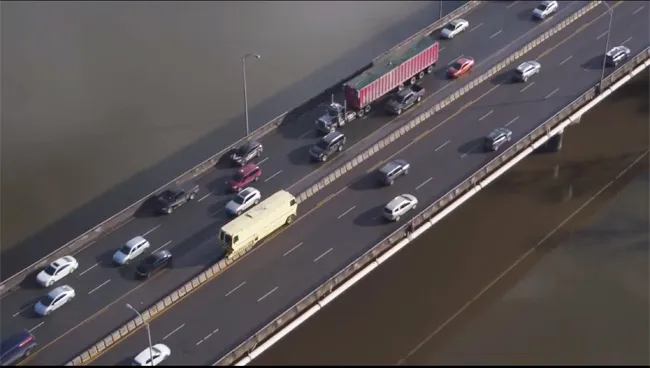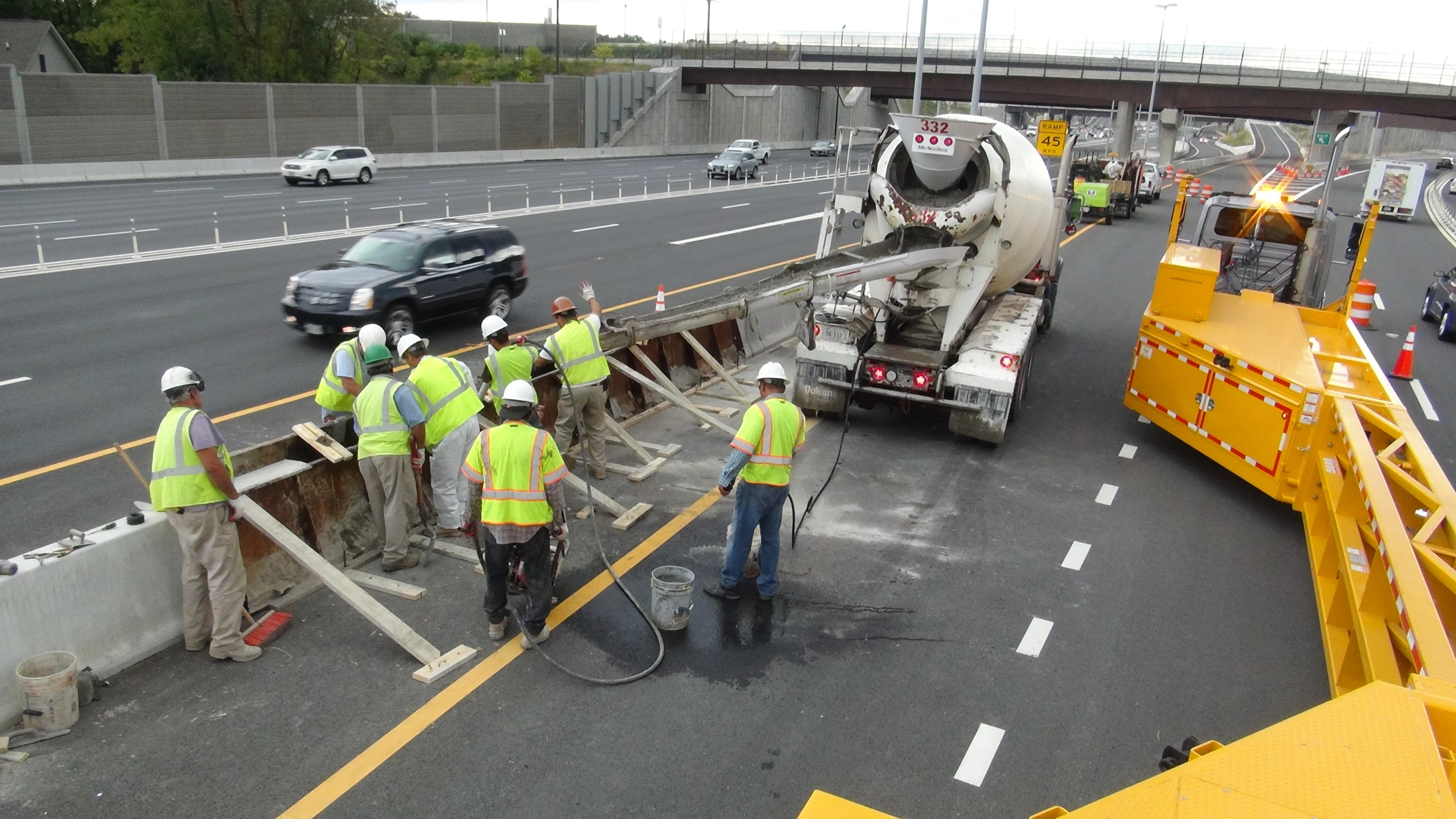There were 799 work zone-related fatalities in the US in 2017 – up 4.5% from their previous three-year average of 764, according to the National Workzone Safety Information Clearinghouse. The announcement coincides with the FHWA-sponsored National Workzone Awareness Week, which is held annually at the start of the construction season to encourage safe driving through highway work zones.
The partnership will apply Lindsay’s Road Zipper system, a lane management solution, and Iteris’ analytics and visualisation SaaS platform iPeMS to improve mobility during construction. Lindsay says that its Road Zipper increases capacity and reduces congestion by making more efficient use of new or existing roadways.
By using Iteris’ iPeMS, an analytics and visualisation platform, it is possible to identify areas prone to recurring congestion and potential work zone safety risks. The Road Zipper can then be deployed in these problem areas to accelerate construction projects, improve traffic flow and help safeguard work crews and motorists by separating work areas and traffic
Lindsay and Iteris partner to create smart work zones on US roads
Lindsay, a manufacturer of infrastructure equipment, and Iteris, a manufacturer of applied informatics for transportation, will together create smart work zones for US roadways. The companies said that their partnership supports the Federal Highway Administration’s (FHWA) Smarter Work Zone campaign to reduce traffic congestion and improve safety in work zones using intelligent transportation systems.
There were 799 work zone-related fatalities in the US in 2017 – up 4.5% from their previous three-year aver
June 11, 2019
Read time: 2 mins









